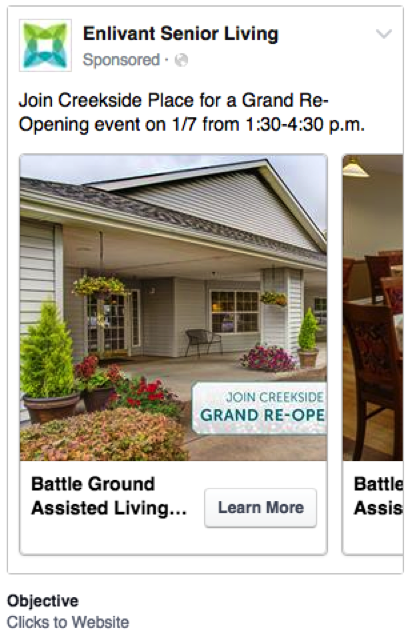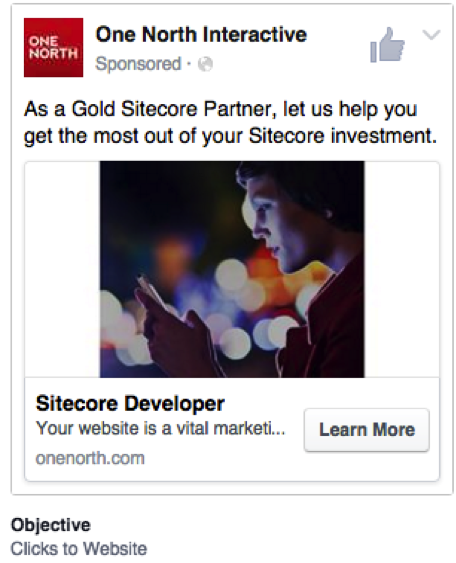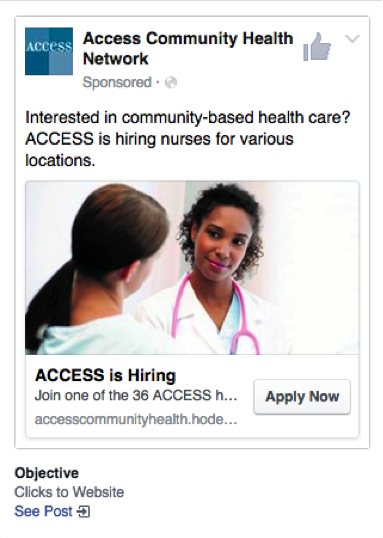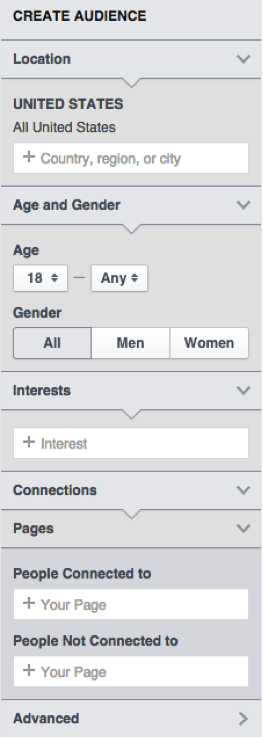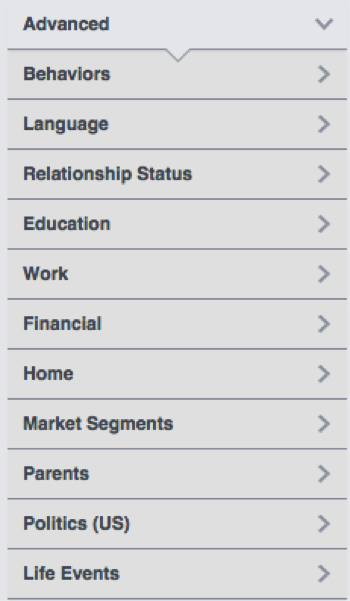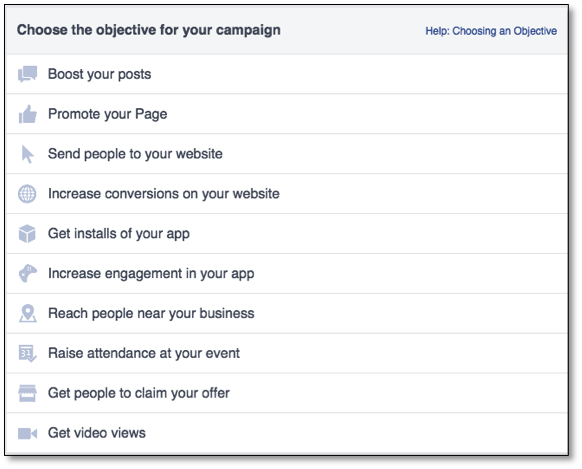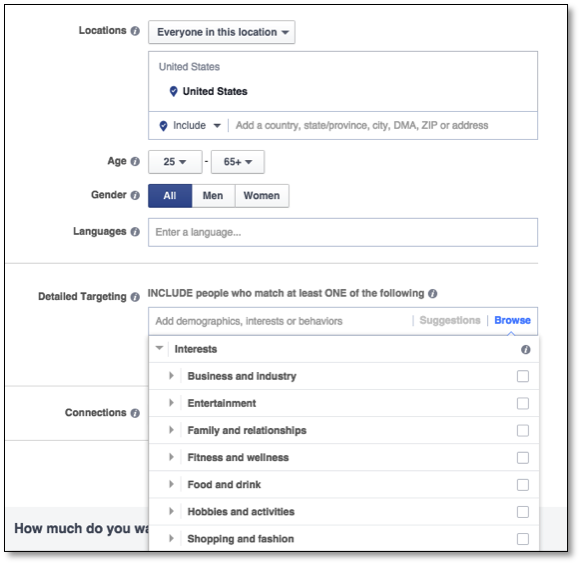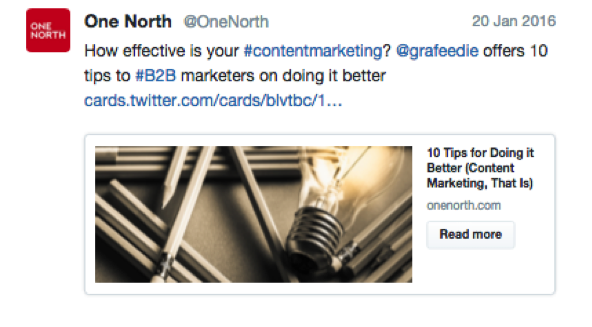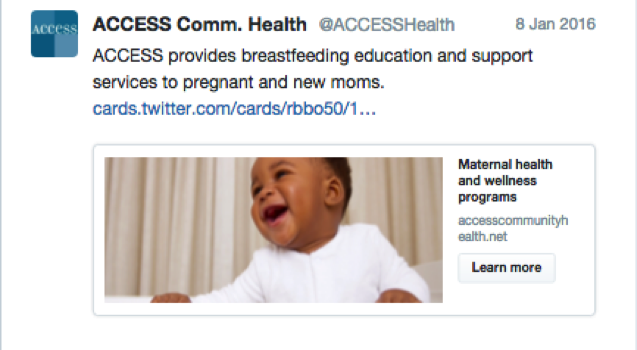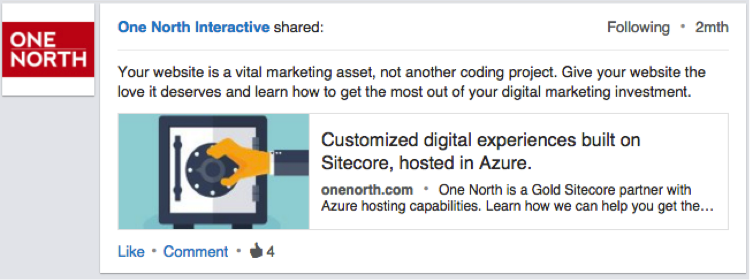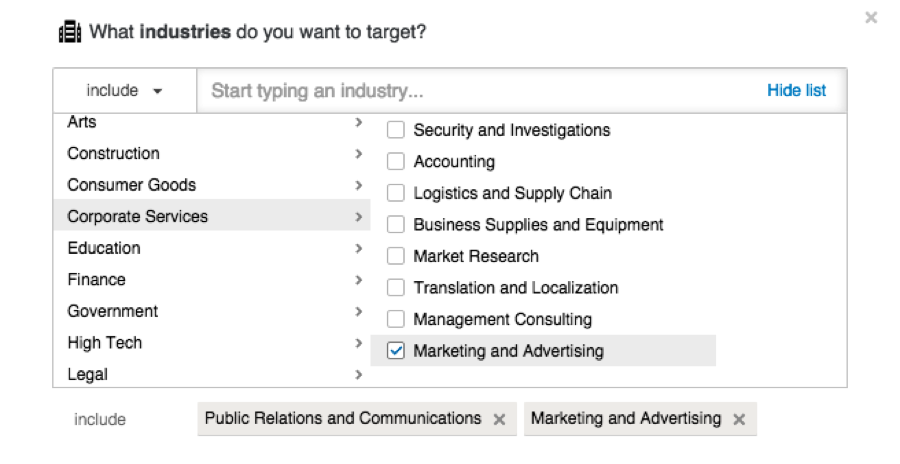 Social news feeds have become a highly competitive space over the last few years, as platforms such as Facebook, Twitter, LinkedIn, and most recently, Instagram, have opened their self-service advertising models to all businesses. In order to get the maximum results and ROI desired from their content, brands and organizations are finding they have to “pay-to-play” in the social media game. Achieving stellar results organically is more difficult than ever as competition for eyeballs continues to increase, and various marketing research supports the notion that organic reach will be next to zero in the next few years.
Social news feeds have become a highly competitive space over the last few years, as platforms such as Facebook, Twitter, LinkedIn, and most recently, Instagram, have opened their self-service advertising models to all businesses. In order to get the maximum results and ROI desired from their content, brands and organizations are finding they have to “pay-to-play” in the social media game. Achieving stellar results organically is more difficult than ever as competition for eyeballs continues to increase, and various marketing research supports the notion that organic reach will be next to zero in the next few years.
Social media advertising, when planned, executed, optimized and measured correctly, is an effective way to:
• Increase brand awareness
• Extend content reach and help ensure content is served in the right place, at the right time
• Promote thought leadership
• Create engagement and dialogue among influencers and audiences
• Drive targeted website traffic
• Enhance SEO and build quality back links to your website
• Increase leads/sales
Although each social platform is a bit different, social advertising begins with choosing the appropriate objective for your campaign (audience growth, website traffic, engagement, etc.) and building other components like copy and creative around it. The self-service functionality of most major social platforms makes it fairly painless for any marketer to navigate setup. Here’s an overview of the different ad options available on Facebook, Twitter and LinkedIn, and some of the pros and cons for each.
Ad Types include:
• Promoted Page—increase followers
• Boost Posts—increase reach and engagement of Page content
• Website Ads—increase traffic to website or landing page
• Retargeting—reach users who have already visited your website or landing page
• Other objectives include Events/App Installs/Offers
• Carousel Ads—website ads that allow users to showcase multiple images and links in a single ad set
Pros:
• Cost effective—Facebook traditionally has a very low CPC, depending on audience reach desired and other targeting factors
• Advanced targeting—demographics like gender, age, location, job titles, interests, income level, shopping habits, etc.
• Custom audiences—brands can use internal data to target and remarket on Facebook
• Robust analytics for tracking results—easy to continuously edit/optimize/measure ads
• Facebook’s self-service ad platform can be used to place ads on Instagram using the same formatting (copy, images, calls-to-action)
Cons:
• Stringent ad guidelines for brands to maintain quality and integrity of the News Feed
• Difficult to track quality of followers—abundance of “fake clickers”
Ad Types include:
• Promoted Account—increase followers
• Promoted Tweets—similar to Facebook’s boosted post to increase reach and engagement of tweets
• Website Clicks—drive traffic to a website or landing page
• Twitter Cards—allows attachment of rich photos, videos and media to Tweets that drive traffic to your website, or other desired actions.
• Conversational Ads—ads include a call-to-action button with customizable hashtags to prompt audience engagement
Pros:
• Advanced targeting—Twitter continues to roll out enhanced targeting capabilities. Target by general demographics like age and location, plus keywords, user handles, interests, and more.
• Twitter Cards provides a unique ad format that allows marketers more control over how their promoted content is displayed and shared.
• Robust analytics for tracking results—easy to continuously edit/optimize/measure ads
Cons:
• Spam followers can be hard to avoid
• While still a cost-effective option for social and digital advertisers, CPCs are generally higher than on Facebook.

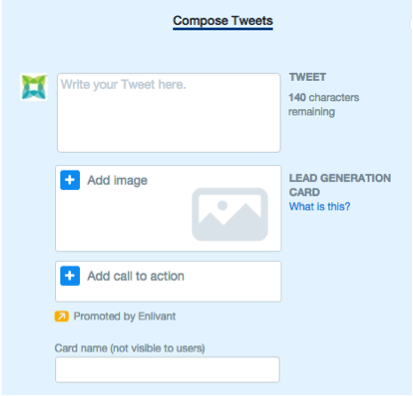
Ad Types include:
• Sponsored Updates—increase reach and engagement of Page content
• Direct Sponsored Updates—similar to a Sponsored Update but only shown to target audience within the ad set rather than as a public post on Company Page
• Text/Display Ads—promote product or service by driving traffic to LinkedIn Company Page, website or landing page
• Recruitment Ads (not available through self-service model)
Pros:
• Advanced targeting allows you to get very granular with your audience and message with criteria such as job titles/functions, company names, industry, skills, groups, etc.
• Assurance your audience is valid—minimal fake accounts/spammers
• Robust analytics for tracking results—ability to continuously measure/optimize/improve ads
Cons:
• Highly competitive bids leads to a very expensive ad buy
• Limited geo-targeting capabilities—only able to target major markets
Although countless marketers and organizations have unlocked the power of social media advertising and see concrete results that impact the bottom line, it’s still a largely uncharted territory for many companies. As marketers continue to embrace content marketing, we anticipate social advertising to become a fundamental tactic as part of any strong/effective content marketing plan. Don’t have one of those either? Check out our guest post for client and partner One North Interactive on 10 tips to get started.
If you have questions on how social paid ads can integrate with your existing content marketing strategy, don’t hesitate to contact me directly at nbenzer@tellyourstoryinc.com.


